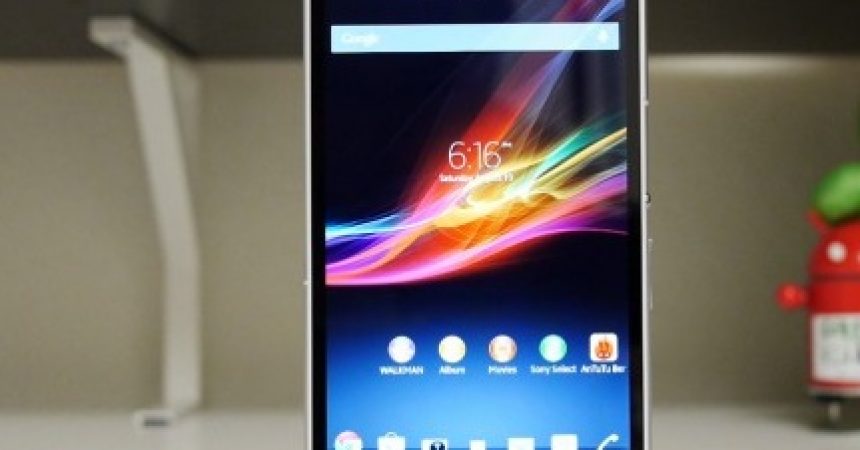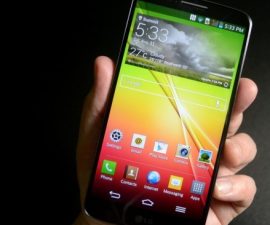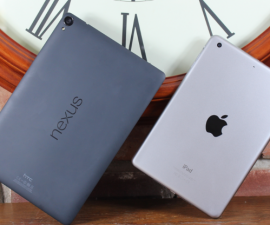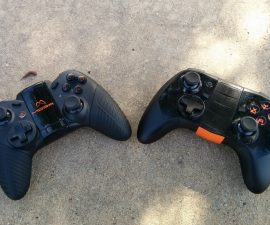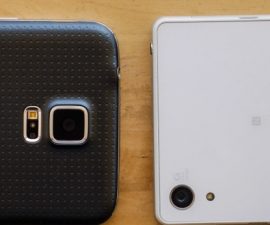HTC One Max
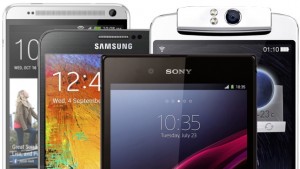
After months of speculation and rumors, the HTC One Max has been announced. In this review, we look at how HTC One Max specs measure up to some of its competitors: Samsung’s Galaxy Note 3, Sony’s Xperia Z Ultra, and Oppo’s N2.
Display
- HTC One Max: A 5.9-inch screen with Full HD Super LCD 3 technology; 373 PPI
- Samsung Galaxy Note 3: A 5.7-inch screen with Full HD Super AMOLED technology; 386 PPI
- Sony Xperia Z Ultra: A 6.4-inch screen with Full HD Triluminos technology; 344 PPI
- Oppo N1: A 5.9-inch screen with Full HD LCD technology; 373 PPI
Comments
- All four of these devices are big; they are almost the size of a small tablet.
- The size hampers these devices ability to be “pocketable”, but they do offer a great media consumption experience as they have big screens.
- All of the screens of these devices are high-resolution and Full HD.
- The Galaxy Note 3 is the smallest of these four devices.
- The Xperia Z Ultra’s display is the largest. It also uses Sony’s X-Reality engine technology.
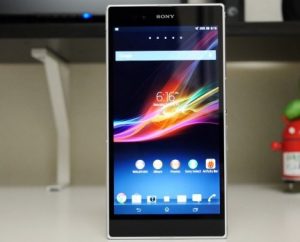
Bottom line: All the displays used in these devices can be considered top of the line. Choosing which is the best will depend on personal preferences. Some will choose the Note 3 because it offers a saturated display and pure blacks, while others will prefer the neutral LCS’s of the others. Display size will also play a factor, if you prefer a compact device, go for the Note 3 but if you want the biggest screen, go for the Z Ultra.
Processor
- HTC One Max : A Quad-core Snapdragon 600 which clocks at 1.7Ghz; Adreno 320 GPU
- Samsung Galaxy Note 3: For the LTE markets (N9005) it uses a Quad-core Snapdragon 800 which clocks at 2.3Ghz. Adreno 330 GPU. For the 3G markets (N9000) it uses an Octa-core Exynos 5420 and two versions of Cortex, a Quad-core Cortex A15 which clocks at 1.9Ghz and a Quad-core Cortex A7 which clocks at 1.3GHz. Mali T-628 MP6 GPU
- Sony Xperia Z: A Quad-core Snapdragon 800 which clocks at 2.2Ghz. Adreno 330 GPU
- Ultra Oppo N1: A Quad-core Snapdragon 600 which clocks at 1.7Ghz. Adreno 320 GPU
Comments:
- The processors used by the HTC One and Oppo N1 are the same. They are slightly older than the processors used by the others but still allow for fast performance with no lag.
- The processors of the Xperia Z Ultra and the Galaxy Note 3 are the latest models. The processor of the Note 3 is a little faster than that of the Z Ultra
Bottom line: All of these phones are fast performers with no lag. However, if having the fastest is important to you, then you’ll want to go with the Note 3.
Camera
- HTC One Max: Rear camera: 4MP (Ultra Pixel),LED flash, OIS; front camera: 1MP wide-angle
- Samsung Galaxy Note 3: Rear camera:13MP with LED flash; front camera: 2MP
- Sony Xperia Z Ultra: Rear camera: 8MP; front camera: 2MP
- Oppo N1: 13MP rear-facing but can rotate to face front, dual LED flash
Comments:
- The HTC One Max’s rear camera is the same as that of the HTC One. This camera offered good low-light performance but had a lack of detail when used in good light.
- Xperia Z Ultra can take a decent photo but it lacks a LED flash so low-light shots won’t be good.
- Note 3 has the same camera as the Galaxy S4. While it lacks OIS, this is a camera that has been proven to take a good photo.
- Oppo N1 seems like it’s in the same class with the Note 3. Features we can’t wait to test out will be the Dual LED and the rotating camera.

Bottom line: The HTC One Max will get you good shots in low-light conditions but the Note 3’s proven camera is the winner.
Software and other features
Operating system
- HTC One Max: Runs Android 4.3 Jelly Bean, HTC Sense 5.5
- Samsung Galaxy Note 3: Runs Android 4.3 Jelly Bean, TouchWiz Nature UX 2.0
- Sony Xperia Z Ultra: Runs Android 4.2 Jelly Bean, Xperia UI
- Oppo N1: Runs Android 4.2 Jelly Bean, ColorOS overlay
Battery
- HTC One Max: 300 mAh
- Samsung Galaxy Note 3: 3200 mAh
- Sony Xperia Z Ultra: 3050 mAh
- Oppo N1: 3610 mAh
Dimensions
- HTC One Max: 164.5 x 82.5 x 10.29mm, weight 217g
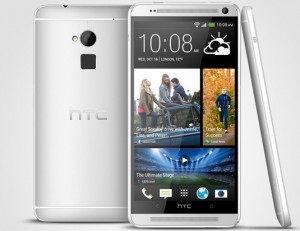
- Samsung Galaxy Note 3: 151.2 x 79.2 x 8.3mm, weight168g
- Sony Xperia Z Ultra: 179 x 92.2 x 6.5mm, weight 212g
- Oppo N1:170.7 x 82.6 x 9 mm, weight 213g
Storage
- HTC One Max: 16/32GB of internal storage; up to 64GB microSD
- Samsung Galaxy Note: 32/64GB of internal storage; up to 64GB microSD
- Sony Xperia Z Ultra: 16GB internal storage, up to 64GB microSD
- Oppo N1: 16/32GB internal storage
Comments
- The HTC One Max has a fingerprint scanner which allows you to unlock it and open your three favorite apps using three different fingerprints.
- You can control the ColorOS overlay of the Oppo N1 with a touchpad that is on its back. This is called O-Touch
- The Xperia Z Ultra has Small Apps, a multitasking App developed by Sony.
- The Z Ultra allows its users to use objects such as keys or pens and pencils as styluses.

- The Z Ultra is the only one of these devices that is waterproof. It’s rated IP 58 which means it’s waterproof for up to 30 minutes in 1.5 meters of water. It is also dust resistant.
- New features in the Galaxy Note 3 are a better Multi-window feature, Action Memo, and Scrapbooker.
Bottom line: It will all depend on your personal preferences. Which of these phones’ unique features sound like something you will want to use a lot?
All four of these devices are some of the best in their class and you won’t go wrong with any of them. However, they do have their drawbacks.
For the Oppo N1, it’s availability and the fact that it lacks LTE. For the Z Ultra, it’s the lackluster camera. And for the One Max, it will be that it seems like it’s just a bigger HTC one with a fingerprint scanner added. Also for the Note, it will be TouchWiz and its faux-leather appearance.
What do you think? Which of these would you prefer?
JR
[embedyt] https://www.youtube.com/watch?v=v2esje4R6fc[/embedyt]
